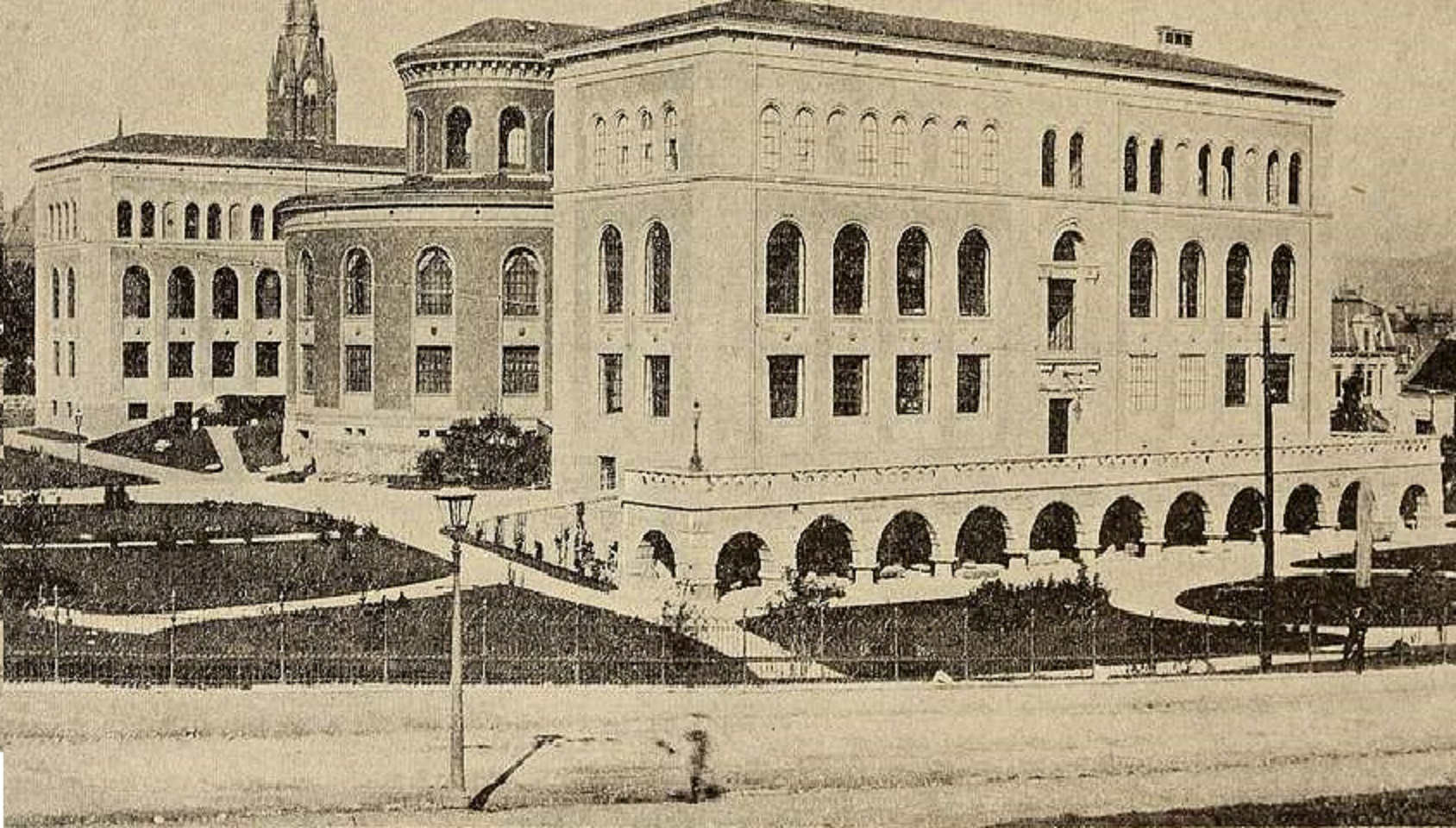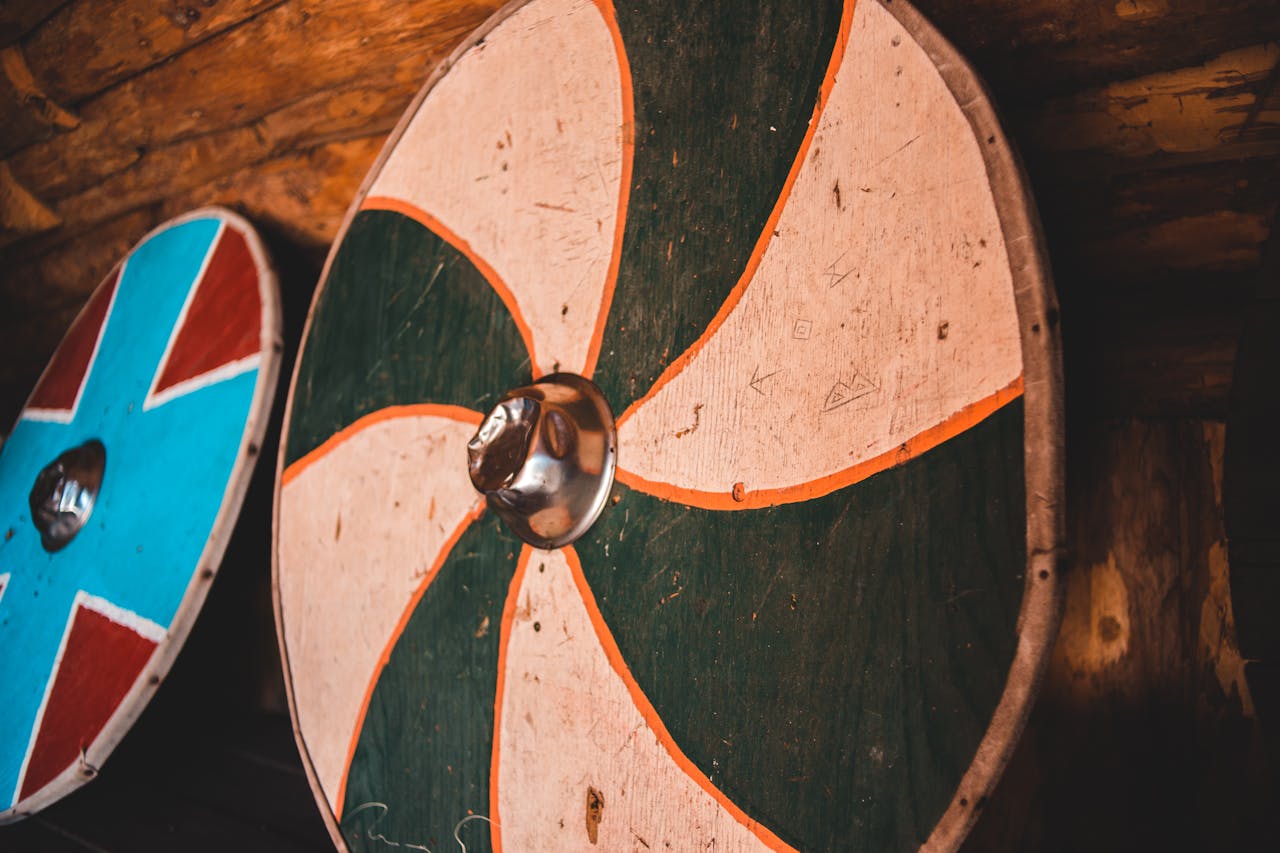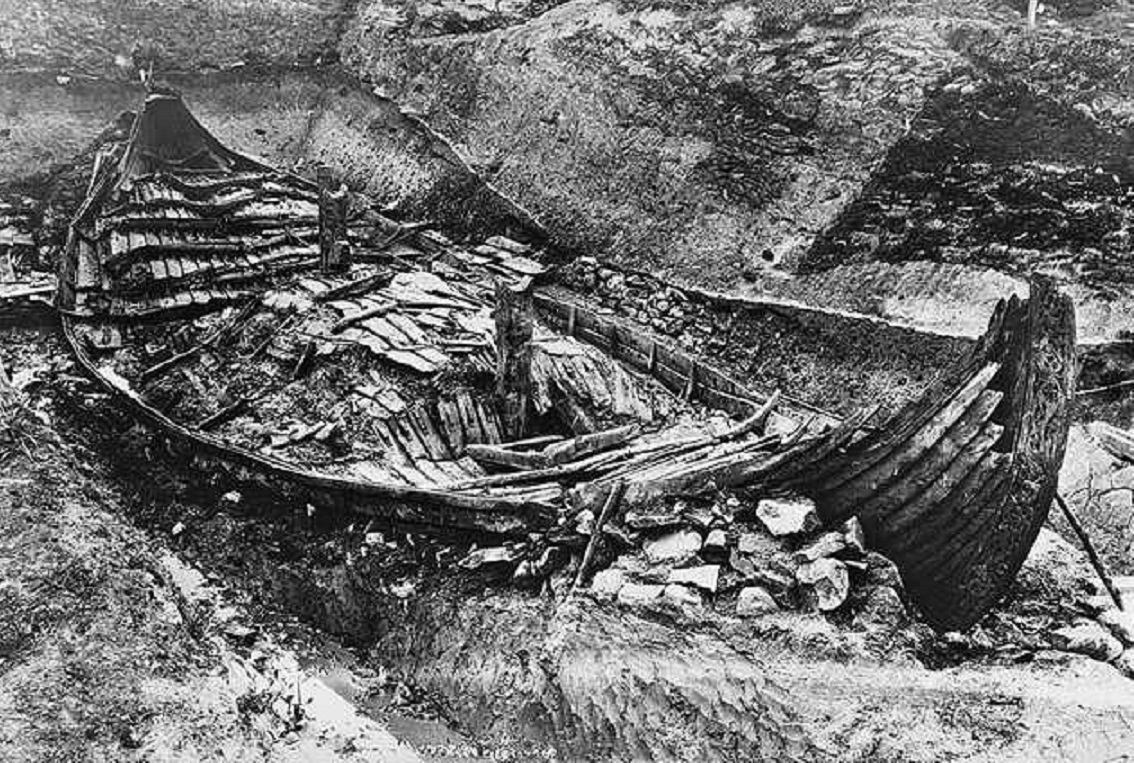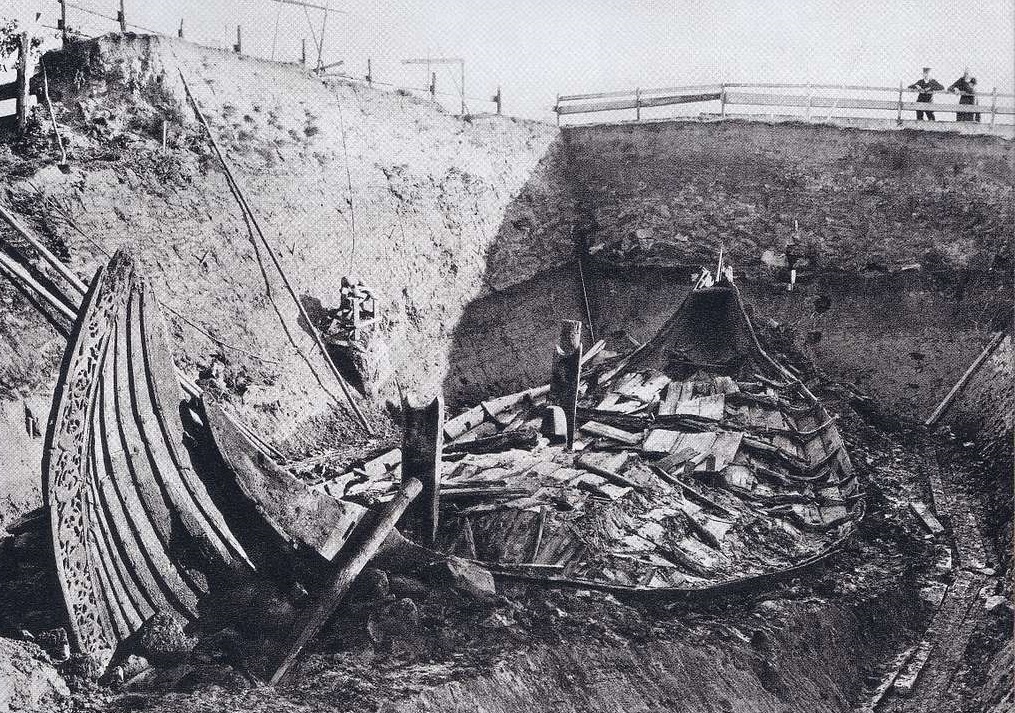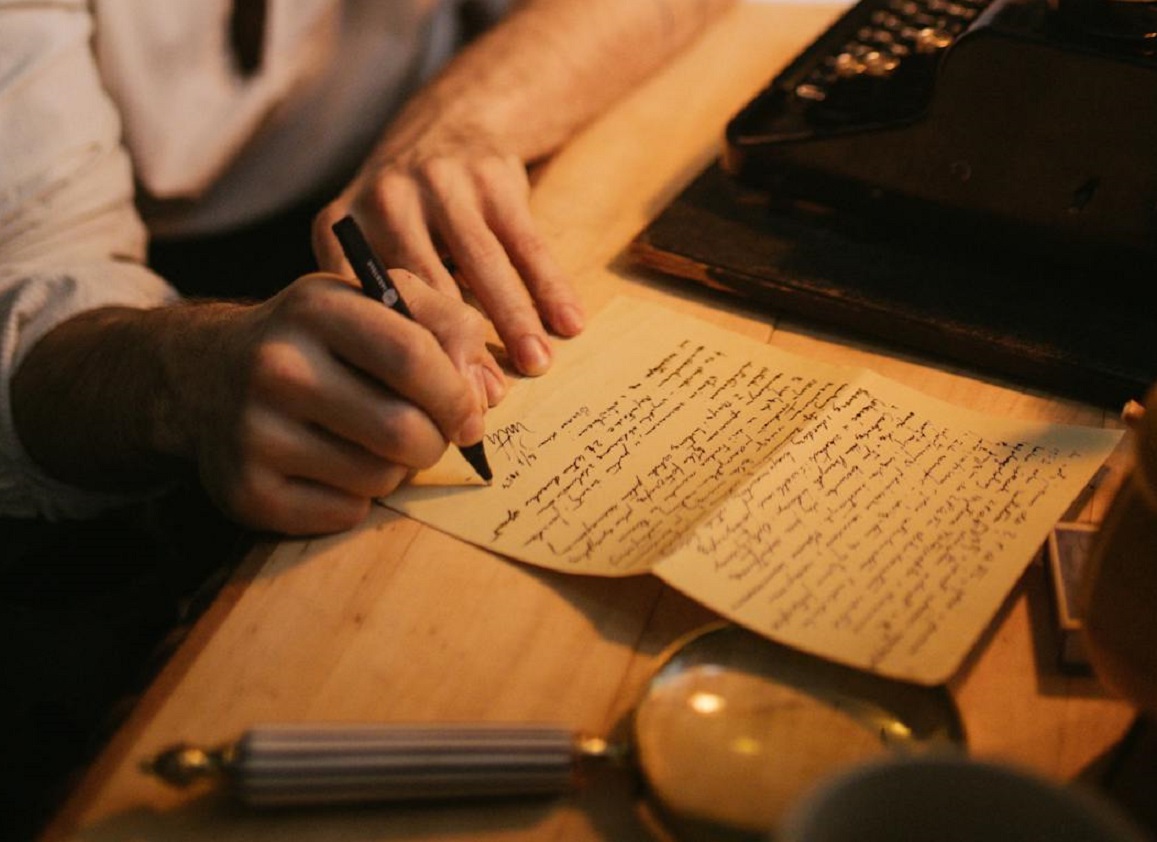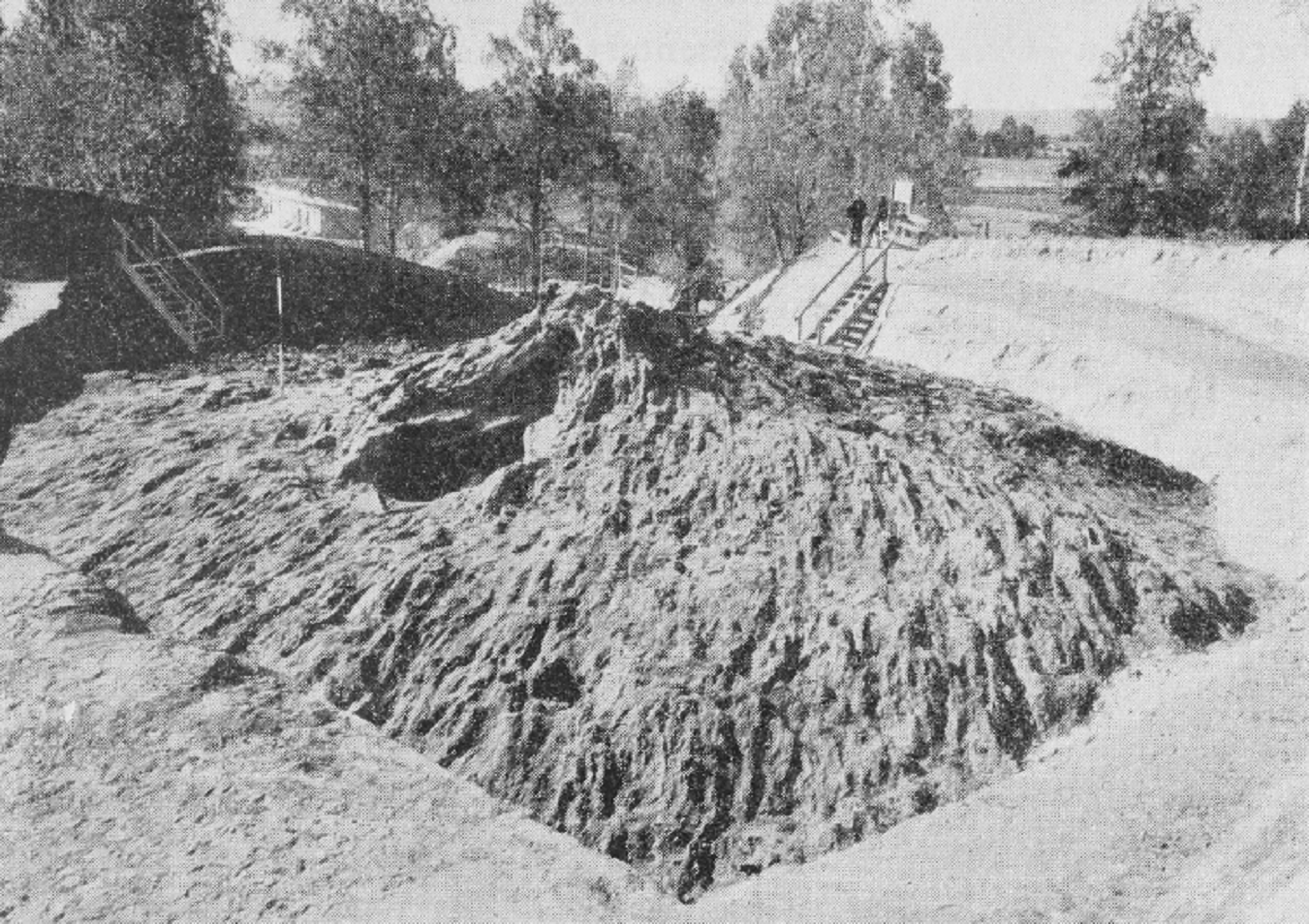A Message In A Bottle
There’s nothing quite so fascinating as finding a message in a bottle—but it’s arguably even more exciting when you realize the message is over 100 years old. That's what just happened to these archaeologists.

The Recent Discovery
In 2024, archaeologists from the University of Bergen had the thrill of discovering a 150-year-old message in a bottle while investigating the remains of the Myklebust—Norway’s biggest Viking ship. But this wasn’t the first time this site had been explored.
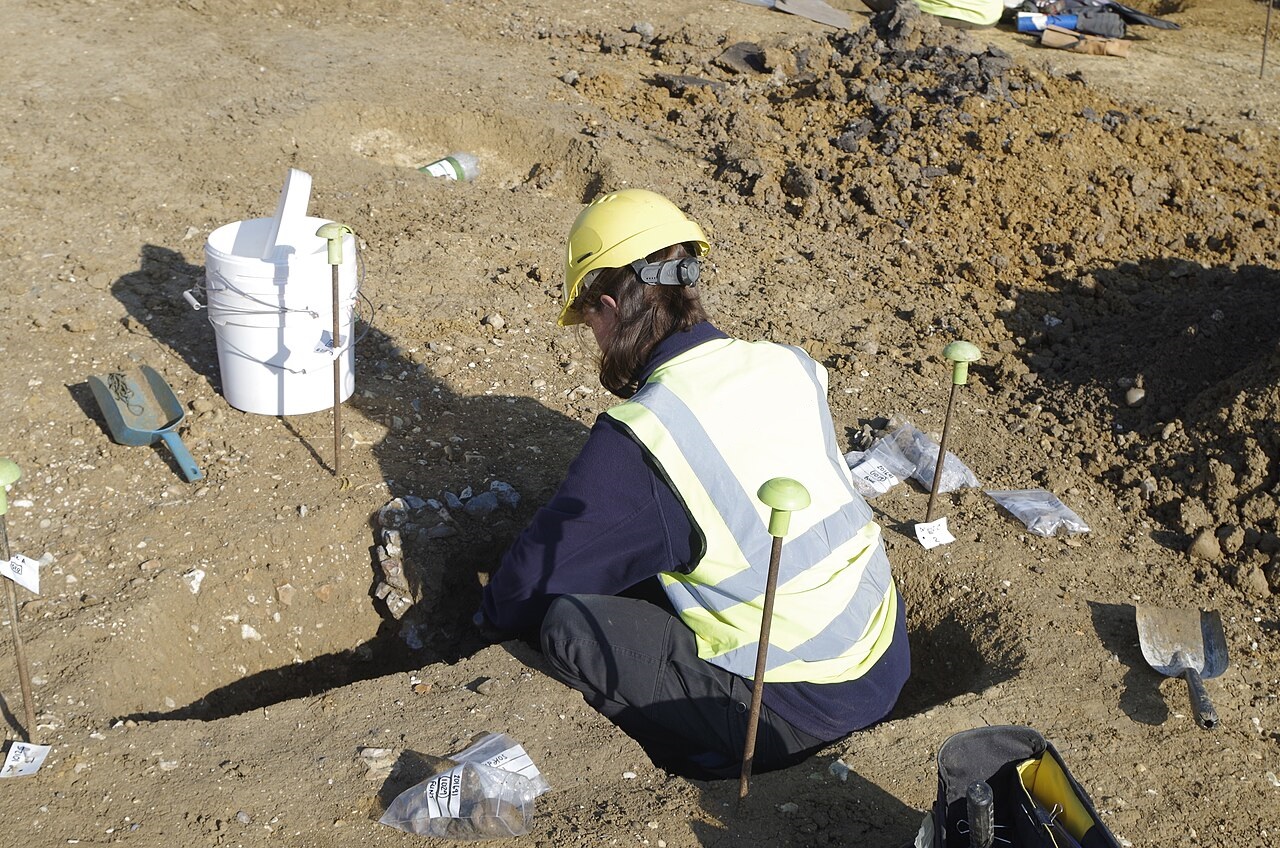 Wessex Archaeology, CC BY 4.0, Wikimedia Commons
Wessex Archaeology, CC BY 4.0, Wikimedia Commons
Who Wrote The Message?
You see, to understand the origins of this message in a bottle, we have to flash back to 1874. This year was incredibly important to a young man named Anders Lorange.
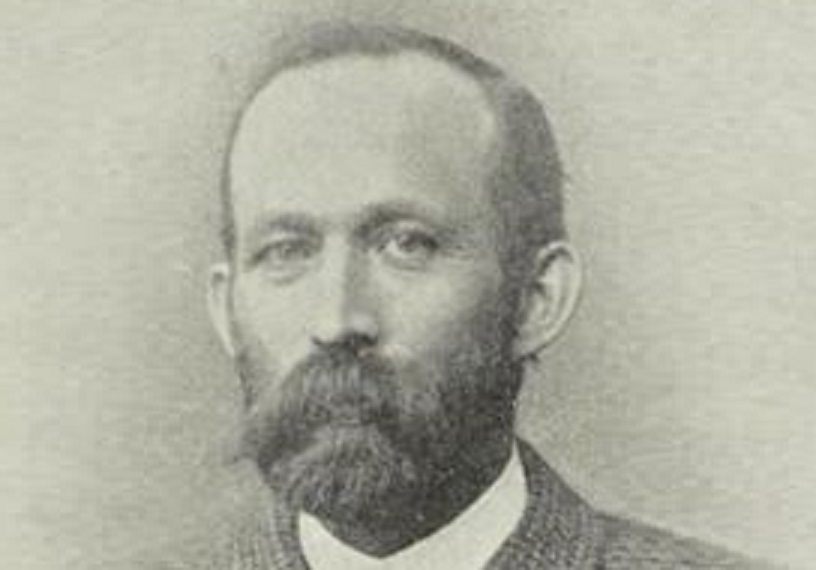 Unknown Author, Wikimedia Commons
Unknown Author, Wikimedia Commons
Anders Lorange
Lorange was 28 years old when he took on an exciting new position at the Bergen Museum. He was its first conservator and archaeologist—and his impressive reputation preceded him.
Anders Lorange
Lorange’s resumé was nothing to scoff at. He was no stranger to archaeological adventures, and was known for scouring the country for Viking sites. In 1869, he participated in the excavation of the burial mound Raknehaugen.
However, his greatest discovery was yet to come.
 Tommy Gildseth, CC BY-SA 4.0, Wikimedia Commons
Tommy Gildseth, CC BY-SA 4.0, Wikimedia Commons
The Discovery Of The Myklebust Ship
Perhaps one of the greatest highlights of Lorange’s career was his work on a farm known as Myklebustgarden. It was here that they unearthed the aforementioned Myklebust—a Viking ship stretching 100 feet long.
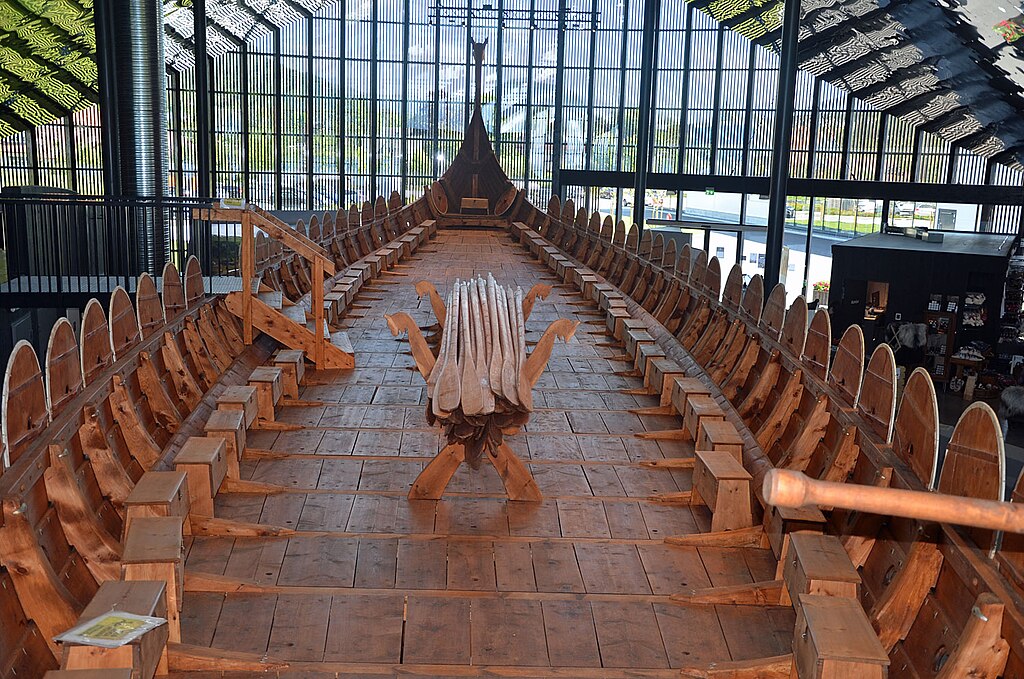 Islandmen, CC BY-SA 4.0, Wikimedia Commons
Islandmen, CC BY-SA 4.0, Wikimedia Commons
The Discovery Of The Myklebust Ship
1,000 years before its discovery, this incredible Viking ship had played an important role in an extravagant funeral ritual—and had ultimately been sacrificed to flames. However, there was something strange about this excavation.
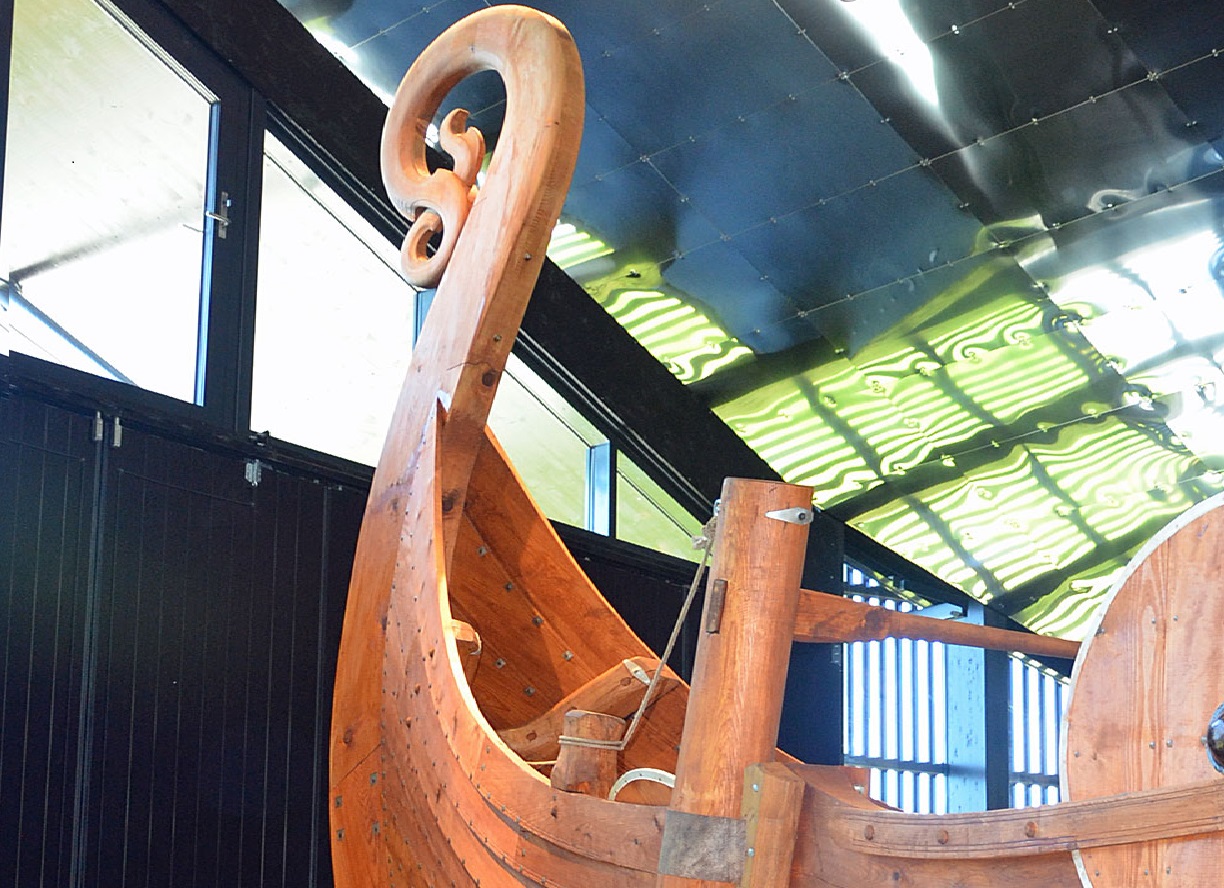 Islandmen, CC BY-SA 4.0, Wikimedia Commons
Islandmen, CC BY-SA 4.0, Wikimedia Commons
The Discovery Of The Myklebust Ship
Unfortunately, only 50 percent of the site ended up being properly excavated. Through its size and artifacts, archaeologists were able to confidently theorize that the ship was meant for a Viking king from the 9th century. However, the Myklebust was never thoroughly explored. This had consequences.
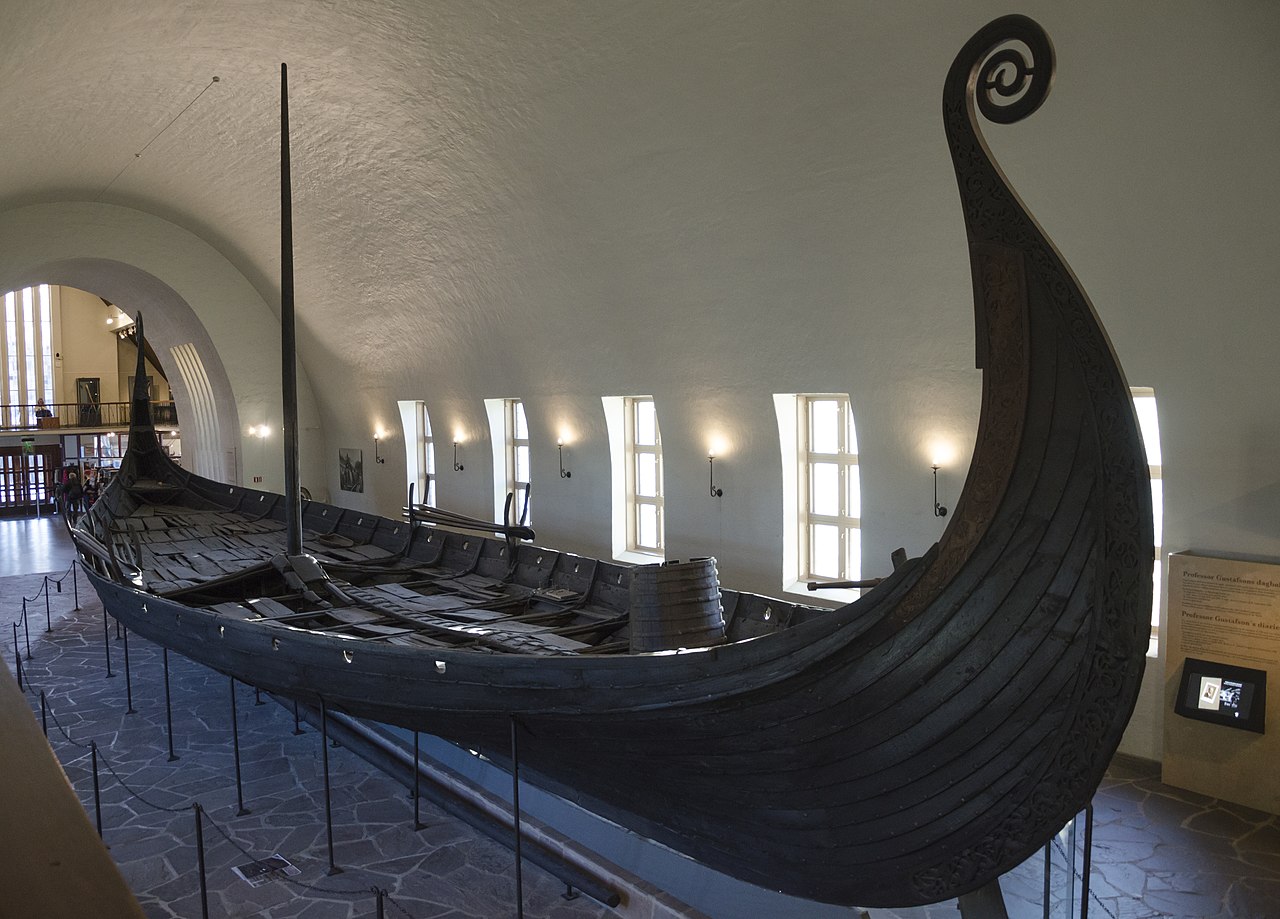 Petter Ulleland, CC BY-SA 4.0, Wikimedia Commons
Petter Ulleland, CC BY-SA 4.0, Wikimedia Commons
The Discovery Of The Myklebust Ship
Discoveries of other Viking ships slowly eclipsed the Myklebust over time, and it wasn’t long before it completely faded from the spotlight. But it wouldn’t be left in the dark forever.
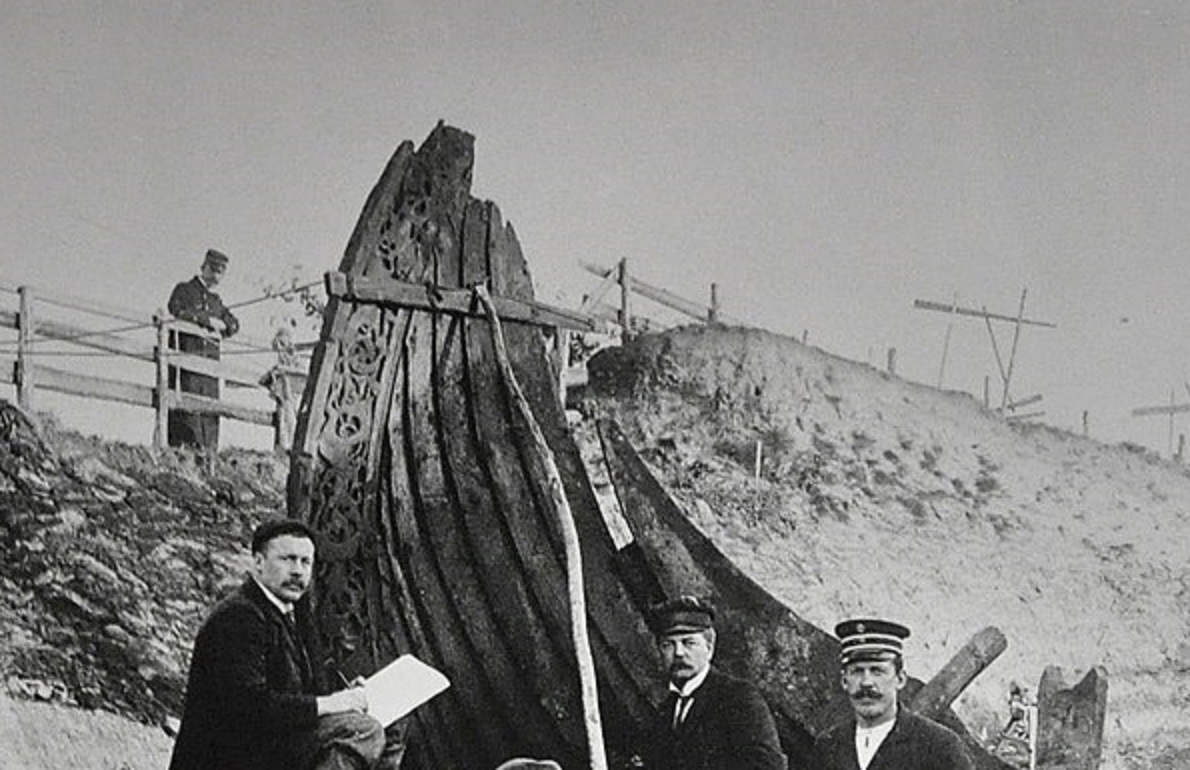 Viking Ship Museum, Oslo, Wikimedia Commons
Viking Ship Museum, Oslo, Wikimedia Commons

History's most fascinating stories and darkest secrets, delivered to your inbox daily.
Renewed Interest
In 1990, there was a flash of renewed interest in the forgotten Viking ship. Then, as recently as 2019, a stunning reconstruction of the Myklebust came to life thanks to the talented work of boat builders in Nordfjordeid. But that wasn’t all.
 Tiendeklasse, CC BY-SA 4.0, Wikimedia Commons
Tiendeklasse, CC BY-SA 4.0, Wikimedia Commons
The Message In The Bottle
Bringing us back to the message in the bottle, we arrive in 2024—a year where the buzz surrounding the Viking ship was fresher than ever. Archaeologists have decided to better explore the Myklebust, taking the excavation further with the goal of having it become a UNESCO World Heritage site.
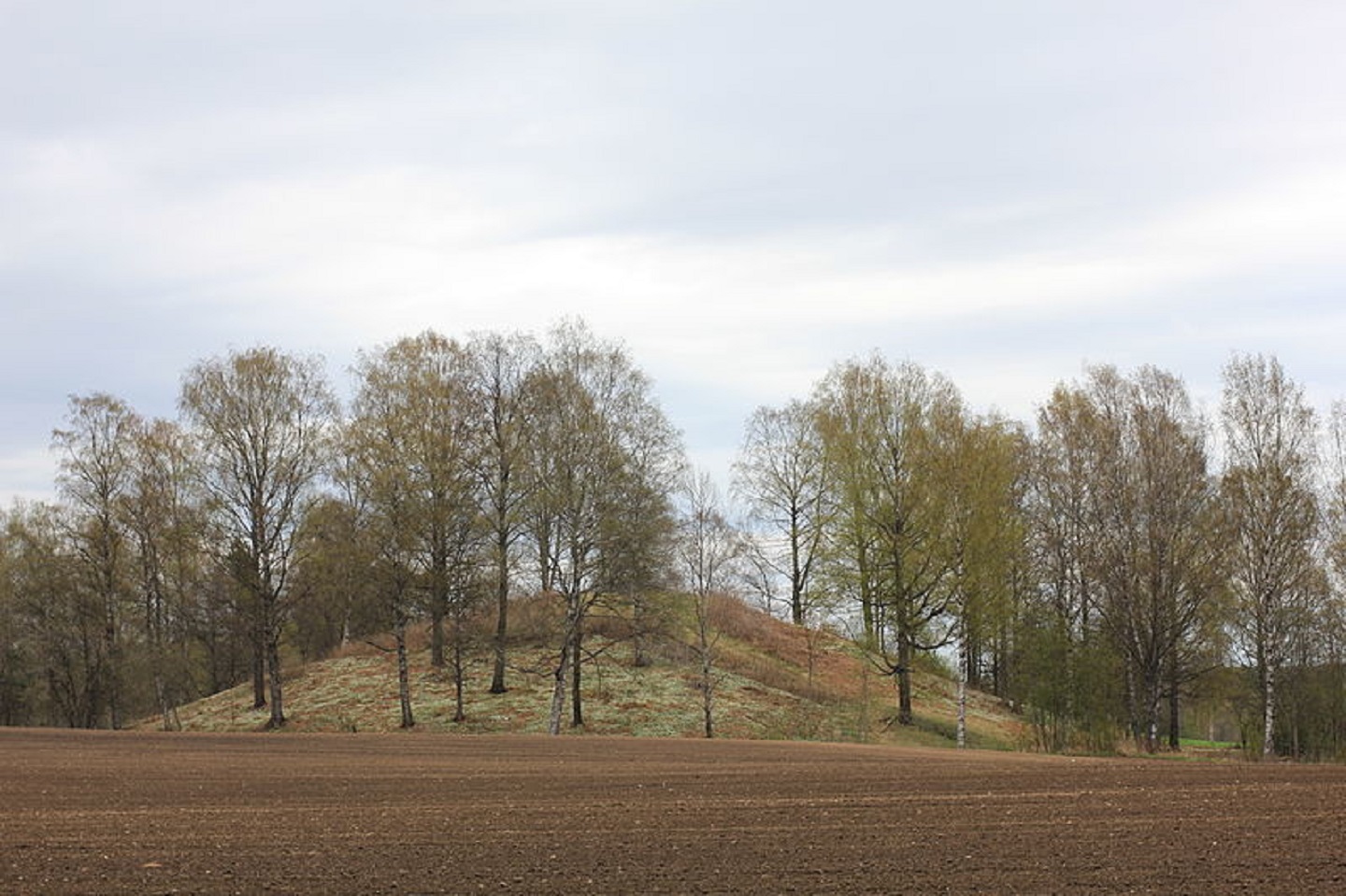 Av Øyvind Holmstad., CC BY-SA 4.0, Wikimedia Commons
Av Øyvind Holmstad., CC BY-SA 4.0, Wikimedia Commons
The Message In The Bottle
This important work led archaeologists straight to the memory of late archaeologist Anders Lorange, who’d left behind some important correspondence at the site—most notably, a letter inside a glass bottle.
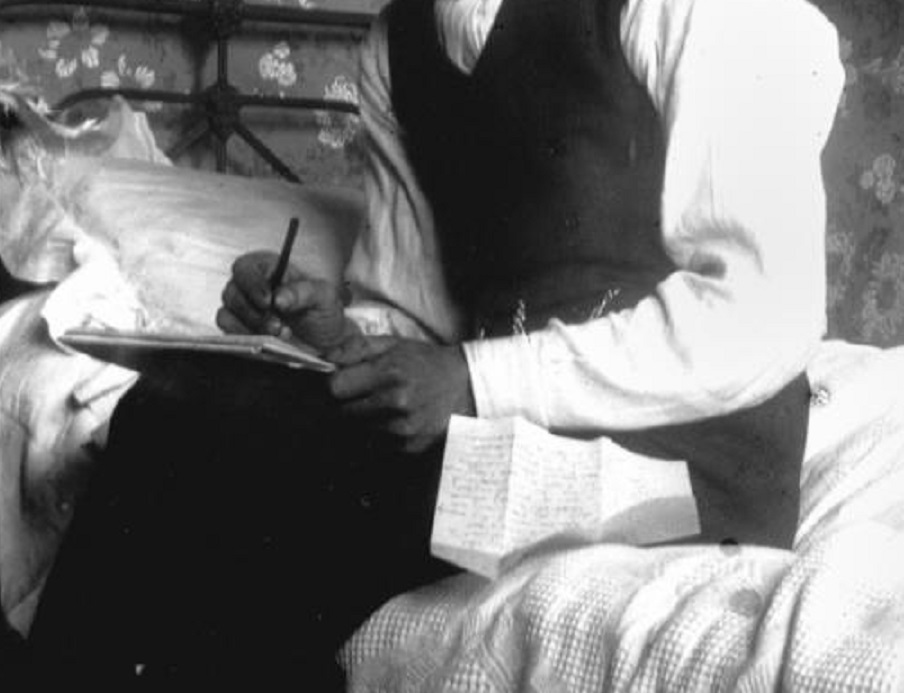 State Library of Queensland, Picryl
State Library of Queensland, Picryl
The Message In The Bottle
Along with a letter, Lorange had slipped five coins and his personal business card inside the bottle. However, there was far more to his letter than met the eye.
What Did It Say?
In Lorange’s message, he detailed aspects of the excavation project: the date, what the ship contained, and its objective. He wrote, “The mound is built over fallen men. They were buried in their ship with their weapons”.
The letter also revealed something very important about Lorange himself.
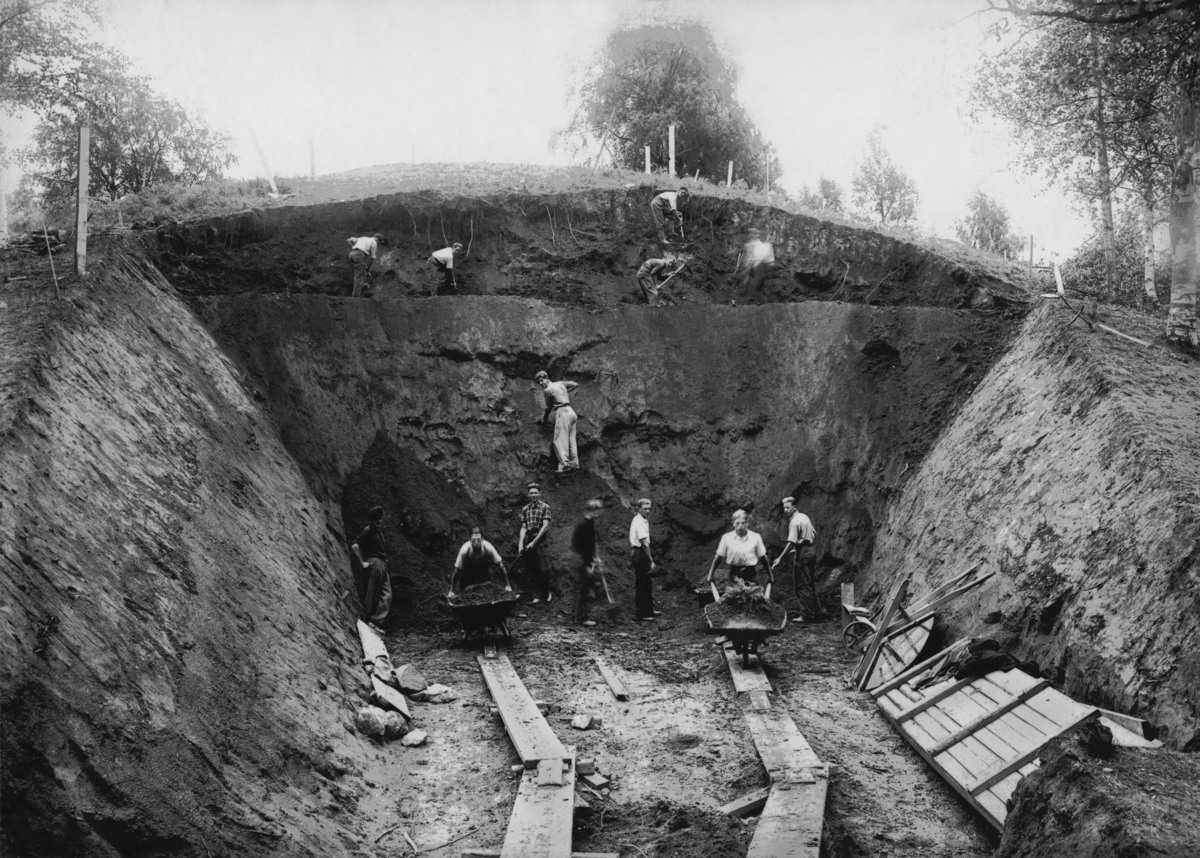 Kulturhistorisk museum, CC BY-SA 4.0, Wikimedia Commons
Kulturhistorisk museum, CC BY-SA 4.0, Wikimedia Commons
What Did It Say?
Archaeologists noticed that Lorange didn’t always get his facts straight. Firstly, he put down the incorrect number of Viking shields found on the ship.
What Did It Say?
Secondly, he strangely forgot to note down the ship’s most prized artifact—a stolen bronze vessel that had originally come from Ireland and dated back to the 8th century.
What Did It Say?
Based on these inaccuracies, the leader of the project, Morten Ramstad, concluded that Lorange hadn’t had a hand in the excavation itself. That work fell to farm laborers instead. Therefore, when the archaeologist sat down to sum up the project in a letter, he missed a lot of important details.
Finally, there was the section of the letter where Lorange wrote down some mysterious runes.
The Mysterious Runes
At first, archaeologists couldn't properly translate the runes—but luckily, they eventually solved the mystery. Project lead Mortem Ramstad revealed that, “we realized that Lorange did not know runes, and had only translated the sentence directly using the younger runic alphabet”.
This was how they eventually deciphered the runes—and the truth was undeniably touching.
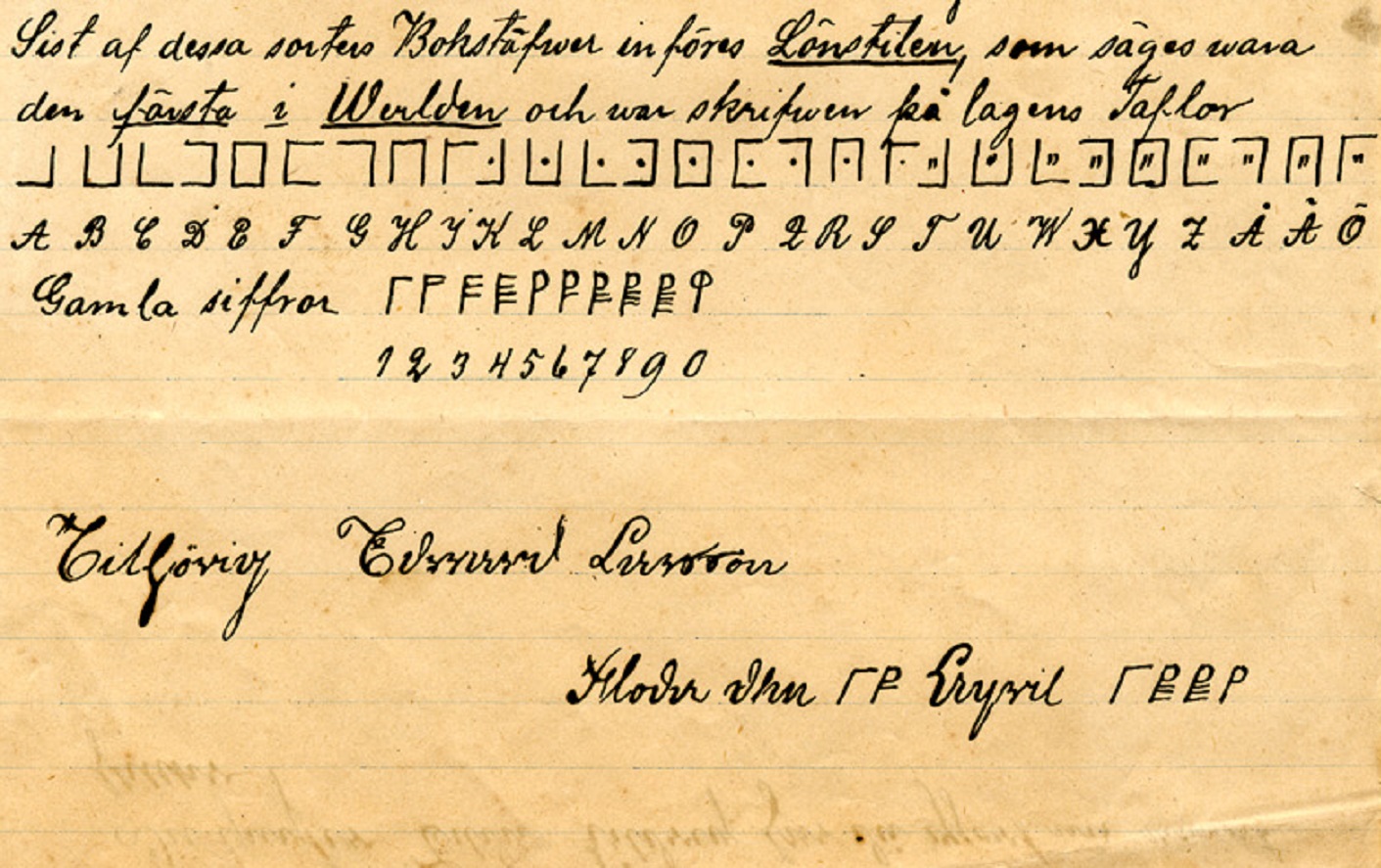 Edward Larsson, Wikimedia Commons
Edward Larsson, Wikimedia Commons
The Mysterious Runes
Turns out, Lorange’s weird runes was actually a cryptic little love note, reading “Emma Gade my girlfriend”. Little did Lorange know at the time, he would go on to marry Gade in 1877. However, it turns out that the archaeologist had a habit of leaving love letters behind at his work sites.
The Mysterious Runes
In 1939, archaeologists re-excavated Raknehaugen and found another note from Lorange—this time, to another woman named Ingeborg Heftye.


